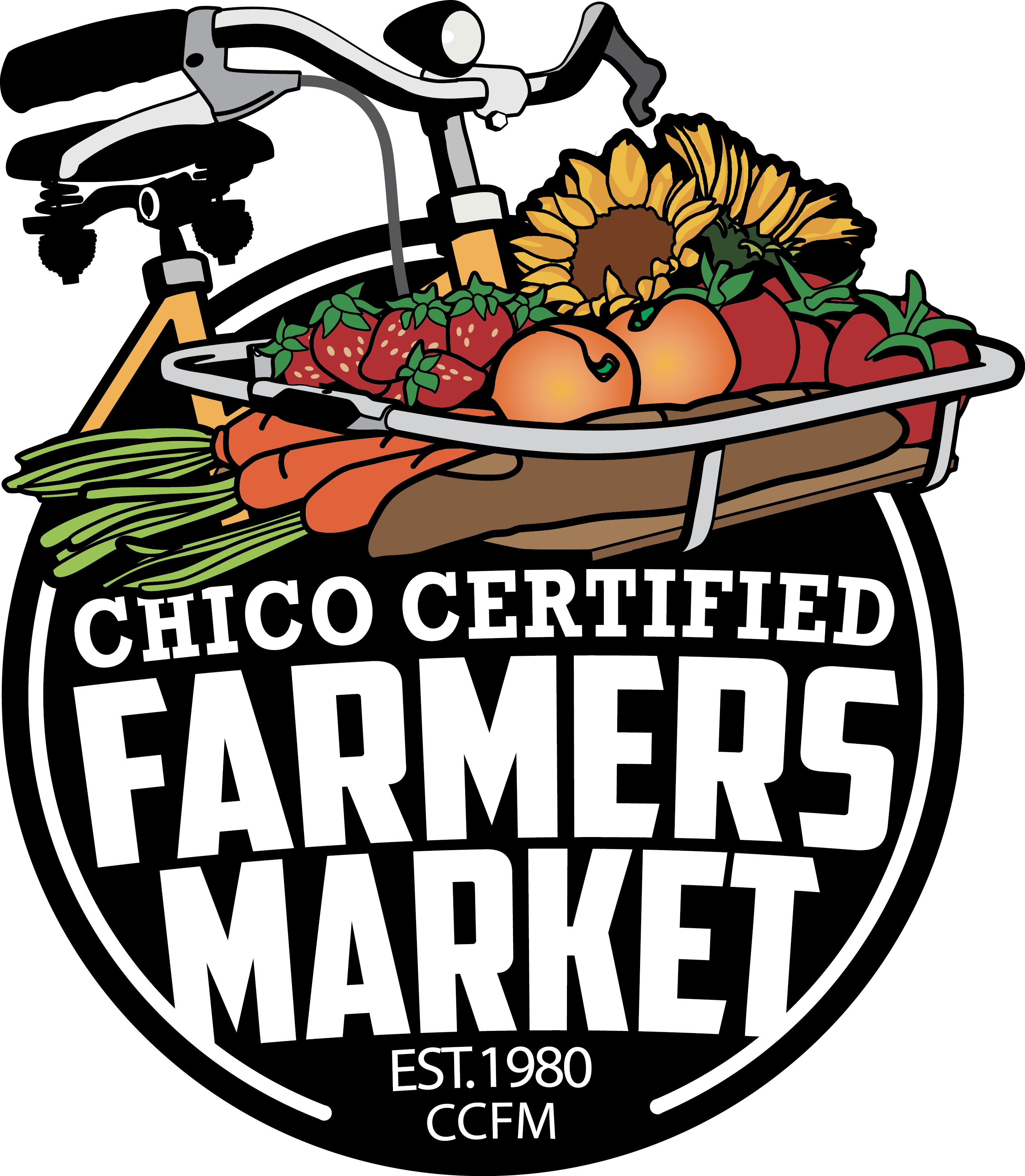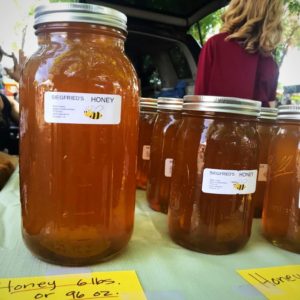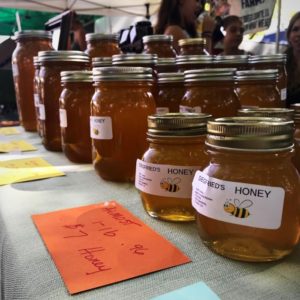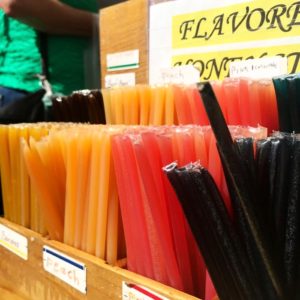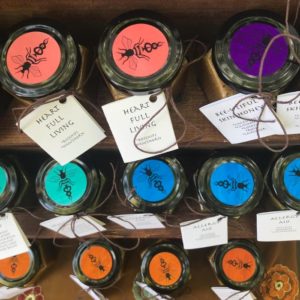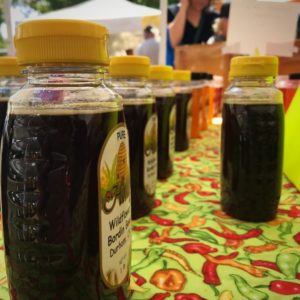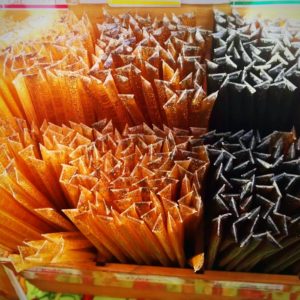- Honey fe84603c 717b 4716 afd5 2c66ff5cdf56
- Honey fb4b4f80 f57d 4588 9a77 86d79df17907
- Honey d35fffeb 9e64 4aac a557 e53cf5ae81f5
- Honey 10ea23aa 1c4b 4ebb 98fc a676b7e31bd3
- Honey 5cee2a1c 53b6 45ae b064 688751bd9fe0
- Honey 5a27b393 c417 4c00 9e03 4e4f5d541534
Is there anything actually sweeter than honey? The answer is yes: the fact that you can buy local, tasty honey from the Chico Saturday Farmers’ Market! Our local farmers are busy as bees all year harvesting this (literal) nectar with respectable beekeeping practices – keeping us and the bees happy and safe. And the best news of all – when you support local beekeepers who use sustainable and nontoxic practices, you’re helping to sustain healthy honeybee populations!
For an in depth look at why you should invest in local honey versus commercial brands, check out this interesting and informative article from cuesa.org!
From an array of honey varietals from different blooms, to raw honey, flavored honey, herbal honey, honey sticks – you name it – come down this Saturday to Chico Certified Farmers’ Market, our own personal little land of milk and honey.
Honey Facts!
- Honey never spoils! When sealed in an airtight container, honey is one of the few foods known to have an eternal shelf life. This is because it’s naturally acidic and low in moisture, making it an inhospitable environment for bacteria.
- If the honey was pasteurized and is not raw, it may change color and become crystallized but it will stay safe to eat. If your honey does become crystallized or harden, just place an open jar in warm water and stir until the crystals dissolve.
- Honey is concentrated flower nectar. Bees gather the nectar from flowers, add enzymes to it, and store it in the hive, where other bees fan their wings to reduce the honey’s moisture content.
- A typical beehive can produce anywhere from 30 to 100 pounds of honey a year.
- Honey is medicinal! Evidence of honey being prescribed as a medical treatment dates back as far as ancient Mesopotamia. Because the substance is so inhospitable to bacteria, it was often used as a natural bandage to protect cuts and burns from infection.
- The way honey tastes is determined by the source of the nectar it was made from. The darkness or lightness also varies. Bees in the southeastern U.S. have even been known to produce honey that’s deep purple in color, though scientists can’t agree why. Wha?!
- A productive bee colony makes two to three times more honey than it needs to survive the winter. When harvesting honey from a beehive, beekeepers try not to take anything the bees will miss.
- There are 20,000 species of bees on earth and only a small fraction of them make honey. The species of honey bee used for commercial beekeeping in the U.S. is known as Apis mellifera. It’s one of only seven known honey bee species.
